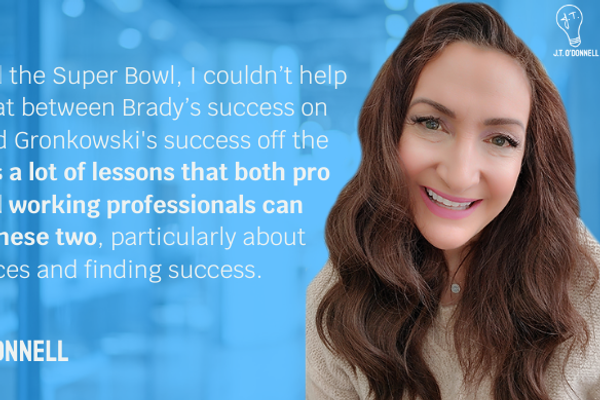Every resume should be accompanied by the five parts of a cover letter. In this article, I am going to demonstrate the mechanics of a well written cover letter. I hope this provides some knowledge about the parts of a cover letter, and enables you to generate interest from a hiring manager.
How do you structure a cover letter?
A great cover letter has five parts: the salutation, the opening, the hook, the paragraph of knowledge, and the close.
1. The Salutation (The Hello)
Before writing your cover letter, you should research the company you're applying to. This includes finding the name of the hiring manager who will be reading your resume and cover letter. Get a name, any name. By hook or by crook try to get a name. Sometimes you can't—then try Dear hiring manager.
2. The Opening (The Grab)
 Bigstock
BigstockThe opening paragraph of your cover letter is your introduction and presents the reader with some immediate and focused information about your connection to the company. Don't just reiterate what you say in your resume. Explain what you admire about the company you're applying to. Essentially, you need to tell a story about why you want to work for them. It should "grab" the hiring manager and disrupt them in some way (hence a disruptive cover letter).
3. The Second Paragraph (The Hook)
 Bigstock
BigstockThis paragraph should define some examples of the work performed and the results achieved. It should be connected to your resume. This does not mean you should copy verbatim what is in the resume. Rather, cover some key competencies that you feel define your success. Provide the hiring manager with some added context about your unique background, blending those facts with language from the job description. Set the stage for how you are qualified for the role you are applying to. But, don't overdo it.
In the event you are highlighting some information not contained in the resume (if you are switching careers, or have a unique value proposition), this is the perfect place to cover that information.
4. The Third Paragraph (Paragraph Of Knowledge)
 Bigstock
BigstockNext, demonstrate something you know about the company (its goals, recent achievements, etc.) that prompted you to write. Then, select a couple of examples from your resume that you believe will impress recruiters and hiring managers. Reword these achievements and frame them in a way that shows the employers what you can do for them. This shows the reader that you did some preliminary homework and understand the company's drivers and goals.
Try to include quantifiable examples wherever possible since numbers usually resonate more than words.
5. The Fourth Paragraph (The Close)
 Bigstock
BigstockIn the closing paragraph, quickly summarize what you offer, ask for the interview, and close by thanking the hiring manager for taking the time to read your cover letter.
It's important to help the reader connect the dots to show them why you are a great job candidate, a business-of-one who can provide a service they need with a personal connection to the company that is invaluable.
That's it!
What should not be included in a cover letter?
Your cover letter should not include:
- A boring opening line
- Long paragraphs
- A recap of your resume
- Irrelevant information
- A boring closing statement
Need more help with your job search?
Join our community to learn how to UNLEASH your true potential to get what you want from work!
This article was originally published at an earlier date.




